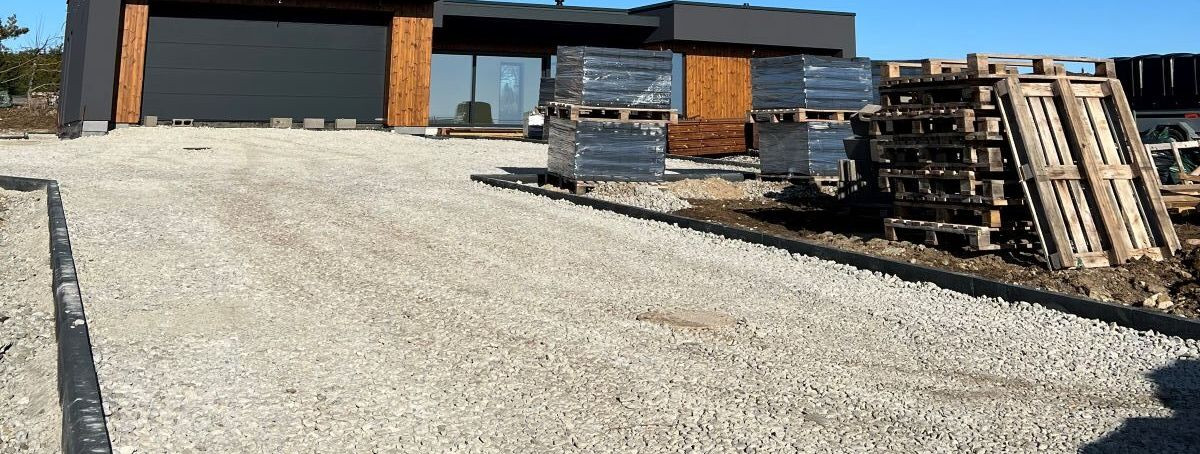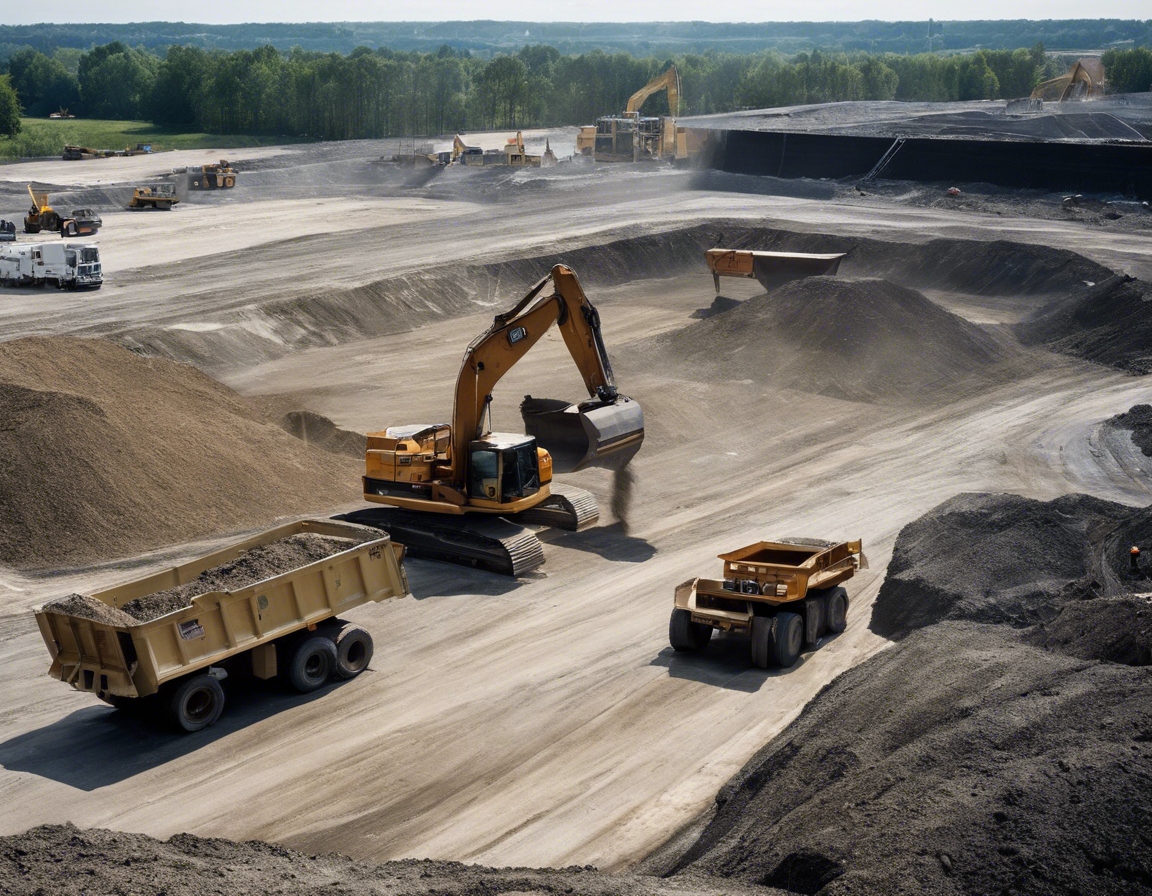The importance of a proper base layer in paving
The foundation of any paving project is as crucial as the finished surface itself. A base layer serves as the bedrock upon which all types of pavement - be it asphalt, concrete, or block paving - are laid. Its primary function is to provide a stable and supportive platform that ensures the longevity and performance of the pavement surface.
A typical base layer consists of different materials, including crushed stone, gravel, and sand. These are carefully selected and engineered to create a solid foundation that can withstand various loads and environmental conditions.
Key Benefits of a Proper Base Layer
A well-constructed base layer is essential for distributing the weight of vehicles and foot traffic evenly across the pavement. This prevents the formation of ruts and potholes, which can lead to premature pavement failure.
The right base layer significantly extends the life of a pavement by providing a resilient buffer against the stresses of traffic and the environment. It is the key to a durable paving solution that remains functional and aesthetically pleasing for years to come.
Proper drainage is vital for pavement longevity. A base layer must be designed to facilitate the drainage of water away from the pavement to prevent damage and degradation caused by freeze-thaw cycles and water accumulation.
Investing in a proper base layer may have higher initial costs, but it saves money in the long run by reducing the need for frequent repairs and maintenance.
Characteristics of a Proper Base Layer
The choice of materials for a base layer is determined by the type of pavement, the expected load, and the local climate and soil conditions. High-quality materials tailored to these factors are essential for a successful paving project.
The thickness of the base layer and the degree of compaction must be adequate to support the pavement and traffic loads. Proper compaction ensures the stability and longevity of the base layer.
Correct grading and slope are critical for effective water drainage. A base layer must be constructed with the appropriate slope to guide water away from the pavement surface.
Common Mistakes to Avoid
One of the most common mistakes in base layer installation is inadequate compaction, which can lead to settlement and pavement failure.
Using substandard materials for the base layer can result in a weak foundation that is prone to erosion and instability.
Failure to consider the local climate and soil conditions can lead to the selection of inappropriate materials and construction methods, ultimately compromising the integrity of the pavement.
Best Practices for Base Layer Installation
Thorough site preparation, including the removal of topsoil and organic materials, is necessary to ensure a stable base. Soil evaluation helps in determining the right materials and methods to use.
Utilizing the correct equipment for spreading, grading, and compacting the base layer materials is crucial for achieving the desired outcome.
Regular quality control checks and material testing throughout the installation process help in maintaining the standards required for a durable and reliable base layer.






Comments (0)